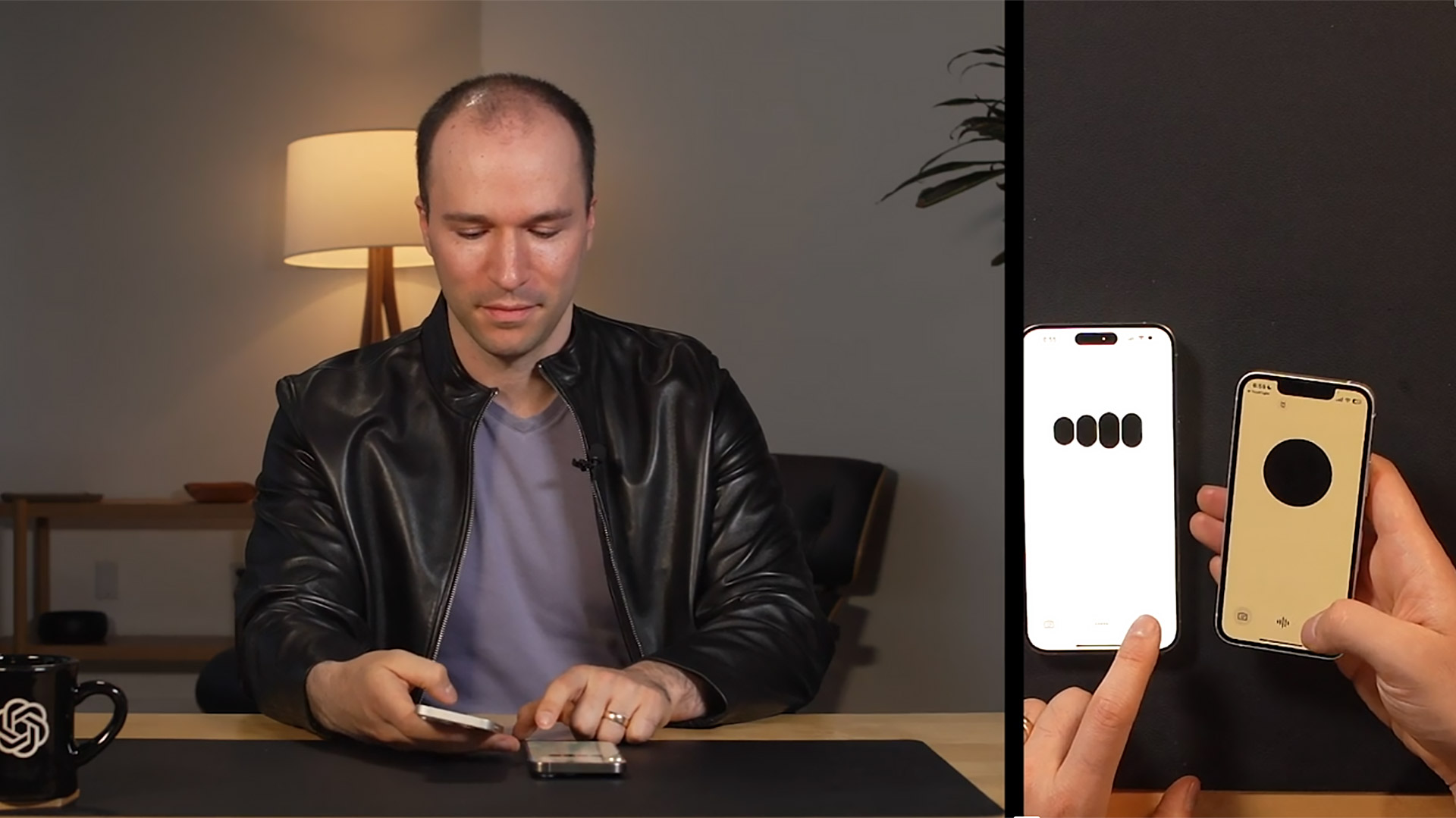OpenAI’s new GPT-4o lets people interact using voice or video in the same model
The company’s new free flagship “omnimodel” looks like a supercharged version of assistants like Siri or Alexa.

OpenAI just debuted GPT-4o, a new kind of AI model that you can communicate with in real time via live voice conversation, video streams from your phone, and text. The model is rolling out over the next few weeks and will be free for all users through both the GPT app and the web interface, according to the company. Users who subscribe to OpenAI’s paid tiers, which start at $20 per month, will be able to make more requests.
OpenAI CTO Mira Murati led the live demonstration of the new release one day before Google is expected to unveil its own AI advancements at its flagship I/O conference on Tuesday, May 14.
GPT-4 offered similar capabilities, giving users multiple ways to interact with OpenAI’s AI offerings. But it siloed them in separate models, leading to longer response times and presumably higher computing costs. GPT-4o has now merged those capabilities into a single model, which Murati called an “omnimodel.” That means faster responses and smoother transitions between tasks, she said.
The result, the company’s demonstration suggests, is a conversational assistant much in the vein of Siri or Alexa but capable of fielding much more complex prompts.
“We’re looking at the future of interaction between ourselves and the machines,” Murati said of the demo. “We think that GPT-4o is really shifting that paradigm into the future of collaboration, where this interaction becomes much more natural.”
Barret Zoph and Mark Chen, both researchers at OpenAI, walked through a number of applications for the new model. Most impressive was its facility with live conversation. You could interrupt the model during its responses, and it would stop, listen, and adjust course.
OpenAI showed off the ability to change the model’s tone, too. Chen asked the model to read a bedtime story “about robots and love,” quickly jumping in to demand a more dramatic voice. The model got progressively more theatrical until Murati demanded that it pivot quickly to a convincing robot voice (which it excelled at). While there were predictably some short pauses during the conversation while the model reasoned through what to say next, it stood out as a remarkably naturally paced AI conversation.
The model can reason through visual problems in real time as well. Using his phone, Zoph filmed himself writing an algebra equation (3x + 1 = 4) on a sheet of paper, having GPT-4o follow along. He instructed it not to provide answers, but instead to guide him much as a teacher would.
“The first step is to get all the terms with x on one side,” the model said in a friendly tone. “So, what do you think we should do with that plus one?”
Like previous generations of GPT, GPT-4o will store records of users’ interactions with it, meaning the model “has a sense of continuity across all your conversations,” according to Murati. Other new highlights include live translation, the ability to search through your conversations with the model, and the power to look up information in real time.
As is the nature of a live demo, there were hiccups and glitches. GPT-4o’s voice might jump in awkwardly during the conversation. It appeared to comment on one of the presenters’ outfits even though it wasn’t asked to. But it recovered well when the demonstrators told the model it had erred. It seems to be able to respond quickly and helpfully across several mediums that other models have not yet merged as effectively.
Previously, many of OpenAI’s most powerful features, like reasoning through image and video, were behind a paywall. GPT-4o marks the first time they’ll be opened up to the wider public, though it’s not yet clear how many interactions you’ll be able to have with the model before being charged. OpenAI says paying subscribers will “continue to have up to five times the capacity limits of our free users.”
Additional reporting by Will Douglas Heaven.
Correction: This story has been updated to reflect that the Memory feature, which stores past conversations, is not new to GPT-4o but has existed in previous models.
Deep Dive
Artificial intelligence
Sam Altman says helpful agents are poised to become AI’s killer function
Open AI’s CEO says we won’t need new hardware or lots more training data to get there.
An AI startup made a hyperrealistic deepfake of me that’s so good it’s scary
Synthesia's new technology is impressive but raises big questions about a world where we increasingly can’t tell what’s real.
Taking AI to the next level in manufacturing
Reducing data, talent, and organizational barriers to achieve scale.
Is robotics about to have its own ChatGPT moment?
Researchers are using generative AI and other techniques to teach robots new skills—including tasks they could perform in homes.
Stay connected
Get the latest updates from
MIT Technology Review
Discover special offers, top stories, upcoming events, and more.